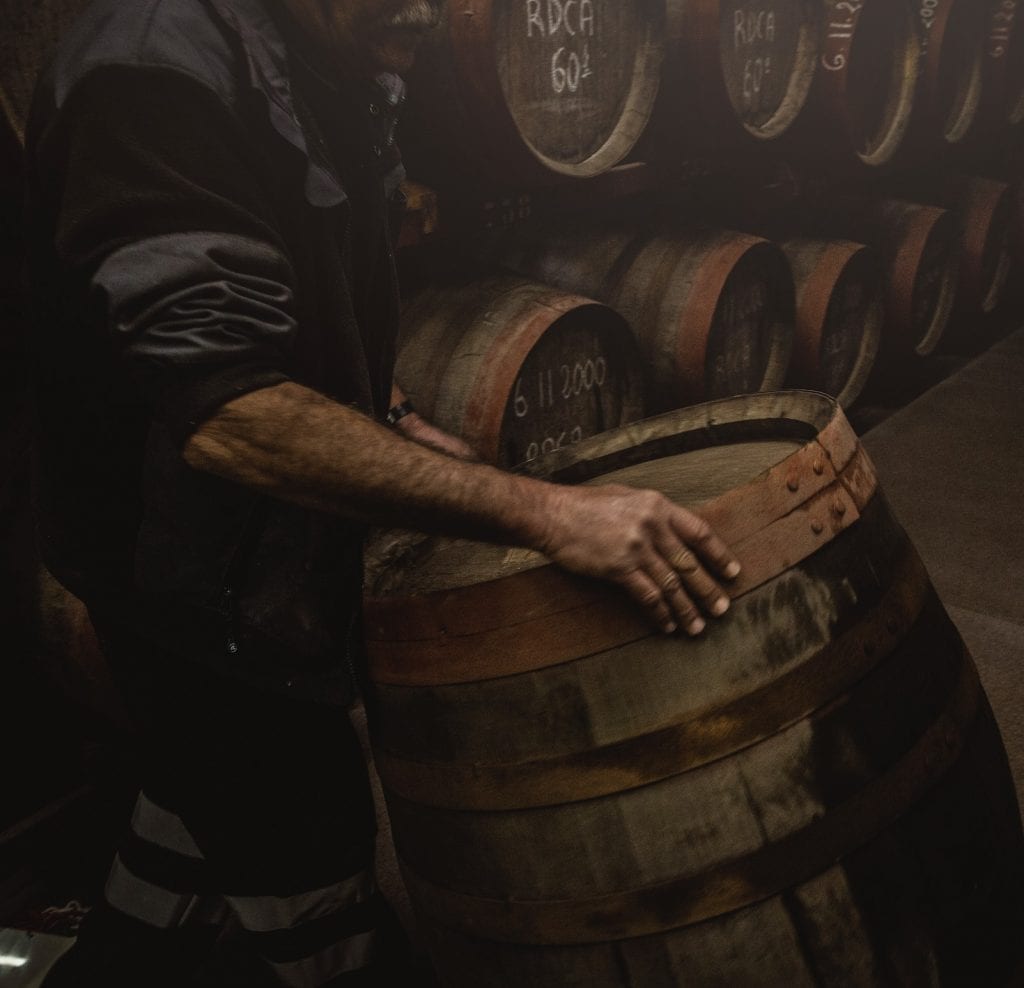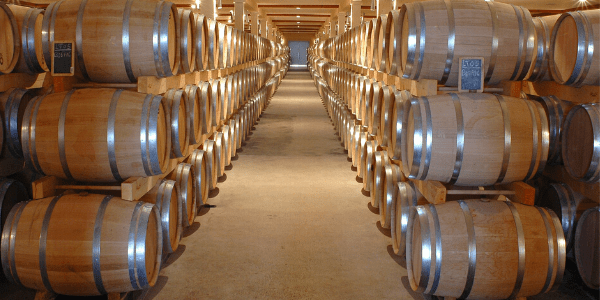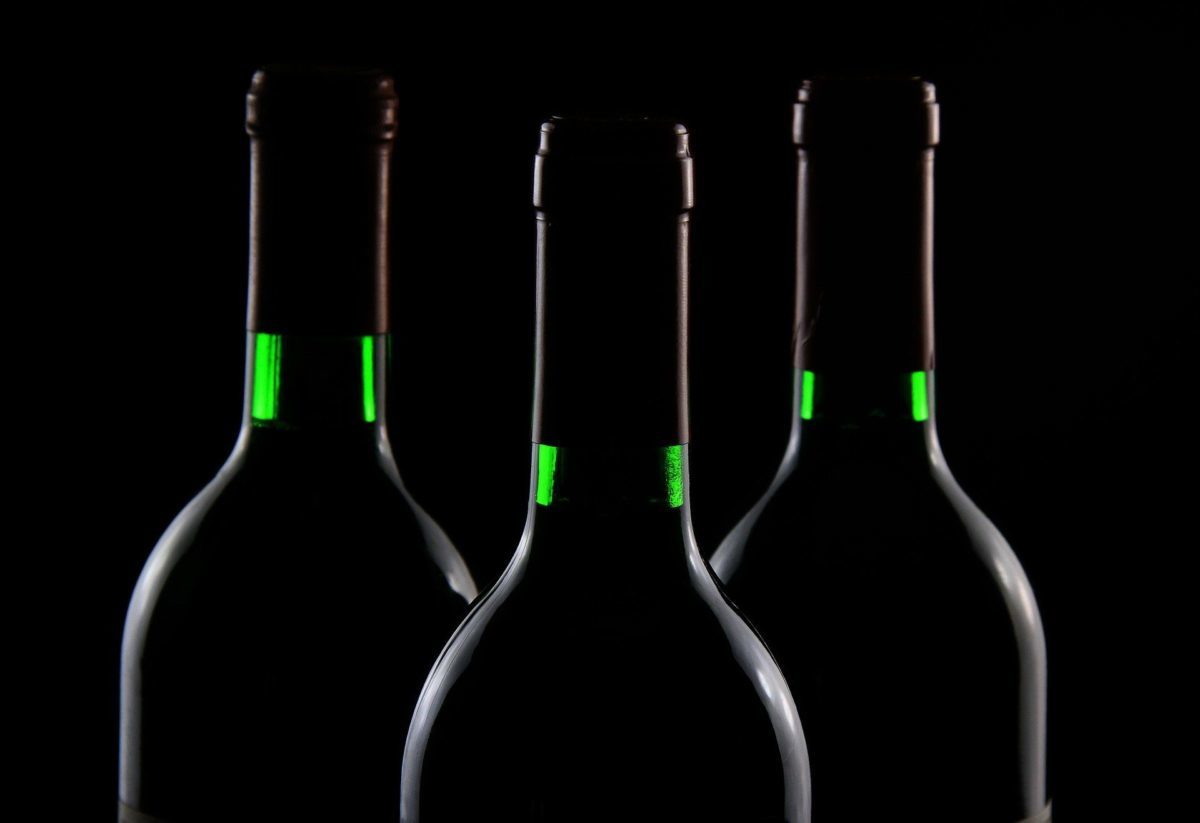Have you ever wondered about the reasons for the use of barrels in the wine world? Were the Romans those who discovered that this material was the best for the transport of wine, compared to the ceramics. From that moment, the attributes that contribute wood in wine and also in other drinks. The most important thing to know is that the liquid increases its stability with limited contact with air. In addition, it helps a positive evolution and adds flavors that can be very interesting for the final bottle. We keep telling you here!
El type of wood, its toasted and the time that must be in the cask It is determined by the winemaker. A work of mastery that requires knowledge of the woods, the place where the tree has grown, the work of the cooperage. Of course, the wine, its varieties and the vintage must also be known, something that is vital to be able to trace the parenting strategy. Likewise, you must know if the wood in the wine will really give it more quality or, on the contrary, the drink we want to get does not need this material.

Types of woods used
Roble
Oak is a slow growing tree and this gives it some very special properties, since it determines the perspiration of the wood. In the case of french oak, this is a more compact wood than that of the American and, therefore, perspiration is less, giving more quality. In the case of Hungarian and Spanish oaks they are more like French. As the Gallic wood is a more "compact", the contribution of tannins to the wine is higher.
Knowing these properties and the wine we want to make, the oenologist will determine the barrel time. The combination of passing through one type of wood and another, that is, that the same wine passes through French oak for a certain time and then ends in American oak will be decided by this specialist. Obviously the price on many occasions it determines the barrel aging of each wine produced.
Cerezo
This wood in wine, softer than oak, is often used for fermentation, as well as for more wines fruity, providing notes of red fruits. It can be used for white and red wines.
Acacia
Its use is very similar to cherry wood. It is a wood that provides floral aromas and more freshness to the wine. It is normally used for white wines.
Pine, the least seen wood in wine
El Pine is wood in wine less used. However, it is used for wine canary of tea. It is important to note that, in this case, the Canary pine variety is used. This wood gives the wine a flavor resinous very characteristic. Aging is usually done basically in red wines.
Brown
Chestnut wood is currently in disuse. It used to be used for large barrels and transport or passage. Caution was taken not to keep it for too long, as it added a lot of tannin to the wine. With the use of stainless steel you don't usually see new chestnut barrels.

The toasting of the barrels
If the choice of wood and barrel aging is a master's work of the oenologist, in the case of the toasted It is the expert work of the cooper. During the elaboration of the barrel it goes through toasting or bosinage, that is, the internal wood of the barrel is roasted to provide it with certain aromas of wine. In this way, the type of toasting is chosen with each barrel, and it can be light, medium, medium + or strong.
Each type of roasting will add an intensity to the wood that, in turn, will be reflected in different aromas of roasting, spices, vanilla or coconut. In general terms, it is often said that light toasts provide aromas of coconut and walnut. The strongest roasts provide aromas of spices or cocoa.
The roasting work will be appreciated, of course, also in the tasting, achieving a texture, a persistence in the mouth and a determined volume. Normally, the most intense toasts are associated with more intense red wines and medium or light toasts to less intense wines, rosé or white.
Finally, it should be noted that after the shelf life (usually 6 to 12 years) of the barrels in the wineries, these are used for other types of beverages. Its reuse is intended for whiskey, bourbon, brandies and even beers looking for its own personality in each drink. Now you know why it is used and how wood in wine! Curious right?






